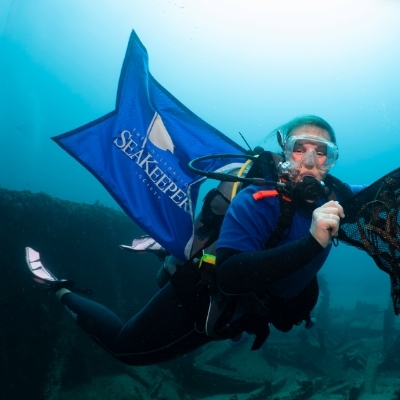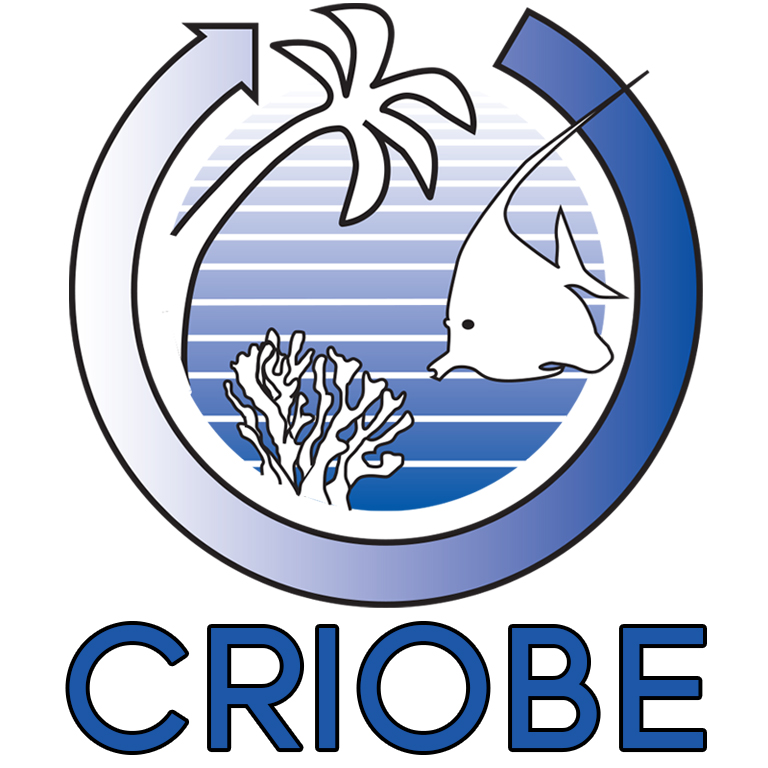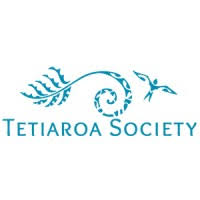Assessing Deep Reef Conservation in MPAs
Project Overview:
This research expedition aims to characterize deep reef fish communities—down to 80 meters—across areas with varying levels of protection and human pressure. Focusing on the waters around Tetiaroa, both inside and outside the Zone de Pêche Réglementée (ZPR), the study will assess how conservation status affects fish populations at mesophotic depths.
Program Partners
- CRIOBE
- Tetiaroa Society
Location
- Tetiaroa, French Polynesia
Expected Time Frame
- July 2026 or July 2027
Duration of Expedition
- 7 Days
Accommodation Needed
- 3 Researchers
Special Equipment Needed
- Licensed captain, swim platform (hydraulic or stationary) or easy access to water, tender or small vessel, and compressor (for SCUBA diving)
Expedition parameters listed above are flexible and negotiable.
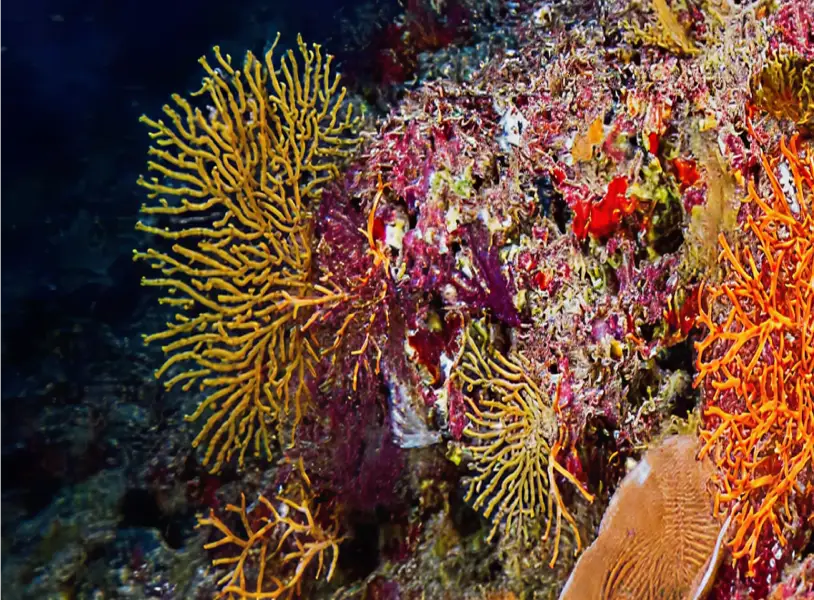
Background:
Marine Protected Areas (MPAs) are widely recognized for their ecological benefits, including increased fish abundance, biomass, and size. However, most studies focus on shallow depths accessible by traditional SCUBA diving (0–30 m), leaving a gap in understanding the deeper mesophotic zone. This study addresses that gap, focusing on how fish communities below 30 meters respond to protection measures and human influence.
Mission:
This project aims to identify and compare reef sites that experience different levels of human pressure and conservation protection, specifically within and outside of designated marine protected areas (MPAs). The research will investigate whether shallow fish communities differ based on protection status and assess whether similar patterns are found in mesophotic fish communities at greater depths. To gather this data, two trained divers will conduct daily dives reaching depths of up to 80 meters, spending up to four hours underwater each day, including time for decompression.
Applications:
Findings will support marine spatial planning and improve the design of MPAs by incorporating deeper ecosystems into conservation strategies. Results may be shared with the IUCN World Commission on Protected Areas and used to inform policy recommendations. Data may also be used by graduate students for thesis work.
Relevant/Previous Scientific Publication(s):
Program Partners:
Get Involved
If you’re interested in learning more about this specific program opportunity, please reach out to our team below to find out more about this program or get involved in other opportunities with SeaKeepers.
Explore More Opportunities
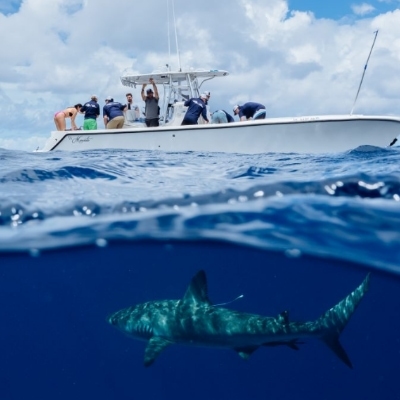
At-Sea Opportunities
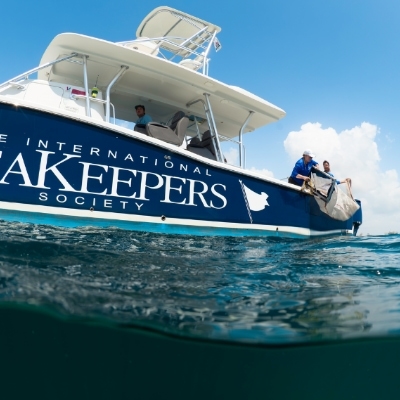
Citizen Science Opportunities
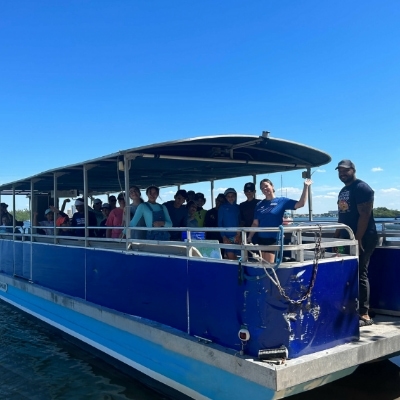
Education Opportunities
